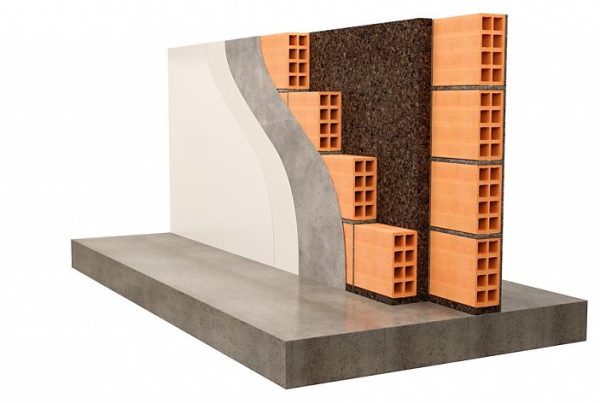In the dynamic landscape of modern architecture, the pursuit of energy efficiency, comfort, and sustainability stands at the forefront. Among the innovative solutions transforming the construction industry, double glazing has emerged as a pivotal technology. Offering a range of benefits from thermal insulation to sound reduction, double glazing has become a standard feature in buildings worldwide, reshaping the way we approach comfort and environmental responsibility in construction.
Understanding Double Glazing:
Double glazing, also known as insulated glazing, involves the use of two glass panes separated by a spacer and sealed to create a sealed unit, often filled with a gas like argon. This design creates a barrier that enhances various aspects of a building’s performance, making it a popular choice for windows and glass facades.
Thermal Insulation:
The primary advantage of double glazing lies in its exceptional thermal insulation properties. The trapped air or gas between the glass panes acts as a buffer, reducing the transfer of heat between the interior and exterior of a building. This helps maintain a more consistent and comfortable temperature inside, leading to energy savings as heating and cooling systems operate more efficiently.
Energy Efficiency:
As energy costs rise and environmental concerns become more prominent, the demand for energy-efficient building solutions has increased. Double glazing significantly contributes to the reduction of energy consumption in buildings by minimizing the need for artificial heating and cooling. This not only benefits the environment but also translates into lower utility bills for building occupants.
Sound Reduction:
Double glazing is an effective solution for mitigating noise pollution, particularly in urban environments. The dual layers of glass, along with the sealed airspace, act as a barrier that dampens sound waves, providing a quieter and more comfortable indoor environment. This is particularly crucial in residential areas, offices, and commercial spaces where noise control is essential.
Condensation Prevention:
The insulating properties of double glazing also help prevent condensation on the inner surface of windows. This is particularly important in cold climates, as condensation can lead to mold growth and compromise indoor air quality. By maintaining a warmer inner pane, double glazing reduces the likelihood of condensation formation.
Enhanced Security:
The dual-layered structure of double glazing adds an extra layer of security to a building. The reinforced glass and sealed unit make it more challenging for potential intruders to breach, enhancing the safety of occupants.
Application in Architecture:
The widespread adoption of double glazing in architecture is evident in residential homes, commercial buildings, and institutional structures. Architects and builders recognize the versatile application of this technology, incorporating double glazing into windows, glass facades, and even entire building envelopes. The aesthetic appeal, coupled with the functional advantages, makes double glazing a preferred choice for those seeking to combine sustainability with contemporary design.
Double glazing stands as a testament to the intersection of innovation and sustainability in modern architecture. Its ability to enhance thermal comfort, reduce energy consumption, and contribute to a quieter and more secure indoor environment has positioned it as a cornerstone technology in building design. As we continue to navigate the challenges of a changing climate and a growing emphasis on sustainable living, double glazing remains a beacon of efficiency, comfort, and responsible architecture.
Application in Architecture:
The widespread adoption of double glazing in architecture is evident in residential homes, commercial buildings, and institutional structures. Architects and builders recognize the versatile application of this technology, incorporating double glazing into windows, glass facades, and even entire building envelopes. The aesthetic appeal, coupled with the functional advantages, makes double glazing a preferred choice for those seeking to combine sustainability with contemporary design.
Conclusion:
Double glazing stands as a testament to the intersection of innovation and sustainability in modern architecture. Its ability to enhance thermal comfort, reduce energy consumption, and contribute to a quieter and more secure indoor environment has positioned it as a cornerstone technology in building design. As we continue to navigate the challenges of a changing climate and a growing emphasis on sustainable living, double glazing remains a beacon of efficiency, comfort, and responsible architecture.




